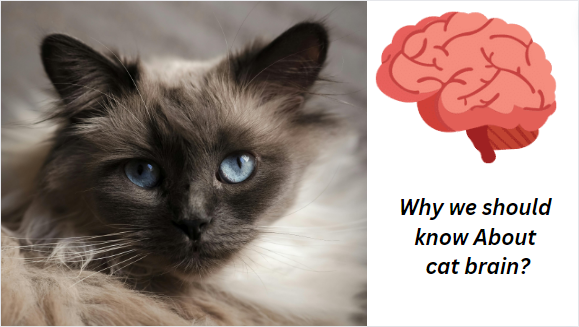There’s a curious link between a dog’s nasal makeup and its lifespan, according to recent research. Smaller dogs boasting a more pronounced nose tend to enjoy longer lives compared to their larger, flatter-faced counterparts.
Led by Dr. Emily Parker, this novel study has offered new clues on what factors of a dog’s physiology can influence the length of their years and challenged previous assumptions rooted solely in size or breed.
By teasing out the details of nasal morphology, the study points to the idea that a pronounced snozz may confer distinctive physiological advantages that help these dogs beat the odds.
This discovery not only enriches our understanding of canine biology, but reignites our fascination with the intricate interplay between morphology and lifespan in our four-legged companions.
But what’s behind this curious correlation? It seems to reside in the complex dance between physiology and evolutionary adaptation that renders dogs with more well-defined noses less prone to maladies, and more resilient overall.
One explanation centers around respiration. Longer snouts mean dogs have a more efficient respiratory system, so oxygen uptake and air flow are enhanced. Not only does this increase their capacity for exercise, but it also reduces risk of respiratory and subsequent health issues.
An elongated nose could also aid in thermoregulation, especially in hotter climates. “In all animals,” says Gillis, “the surface area that you have [relative to your volume] can help you shed heat, which is why we all have things like sweat glands. So it’s conceivable that an elongated nose, with the extra surface area, would help in cooling.” Slender noses would therefore let dogs dissipate heat more effectively in the hot sun — a useful trait that could have served them well over thousands of years as evolution refined it.
But the nose-to-life march is more than skin deep, and probably stretches back millennia. Domesticated at some point in ancient history, dogs have been selectively bred by humans since — for everything from performing specific tasks to simply looking adorable. “You kind of end up with this random string of DNA,” says Gillis. “You never know what is necessarily linked.” And in some cases, this has impacted well-being. Dogs of certain breeds — specifically, those known as brachycephalic breeds, like bulldogs or pugs — may suffer certain ill health as a result of shortened snouts.
Still, let us not give a tiny nose all the credit, either. A canine’s twilight years are influenced by a farrago of factors, including genetics, diet, activity, environment, and quality of veterinary care. So while nose size might offer a window into doggy longevity, it is still just skin deep.
As this research makes clear, the more we learn about the complexities of canine biology, the more avenues we have to explore. It's also a timely reminder of the importance of a holistic approach to pet care. By understanding the specific needs and characteristics of different breeds, we can work to provide our canine companions with the highest possible quality of life, one that will help them to thrive for many years to come.
Let me know what is your thoughts about this article . I would appreciate your comment 👇









